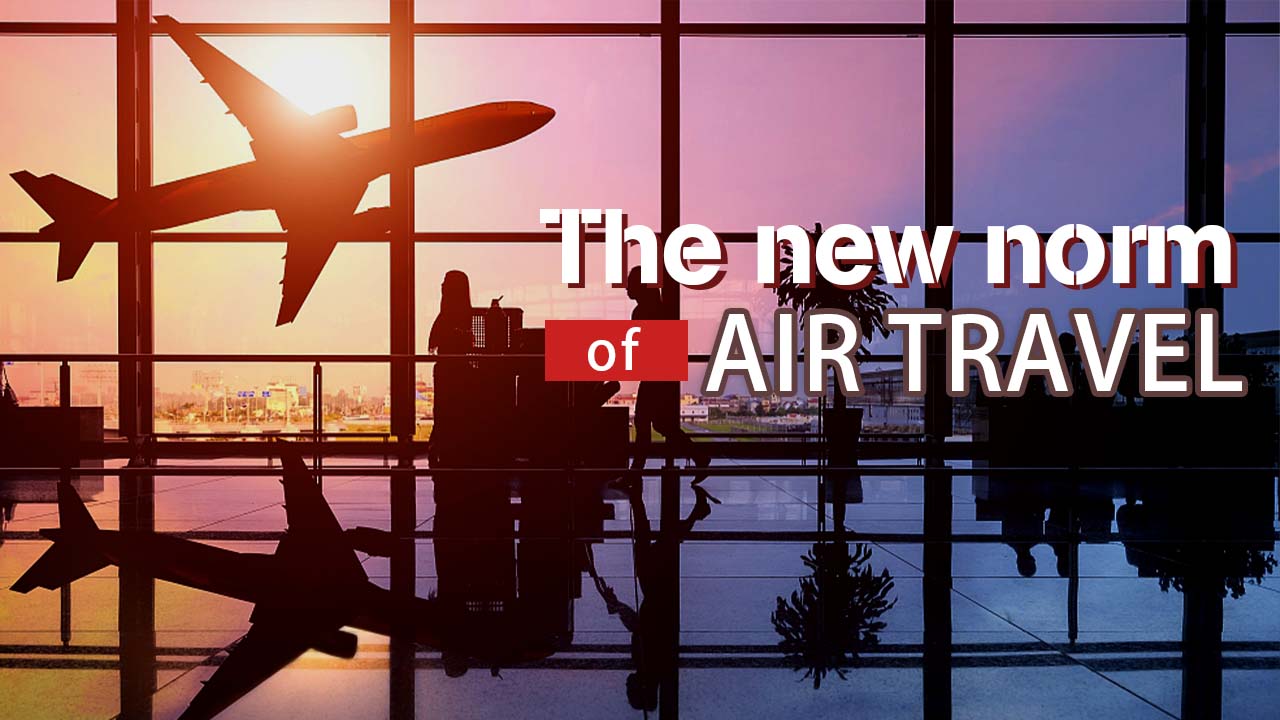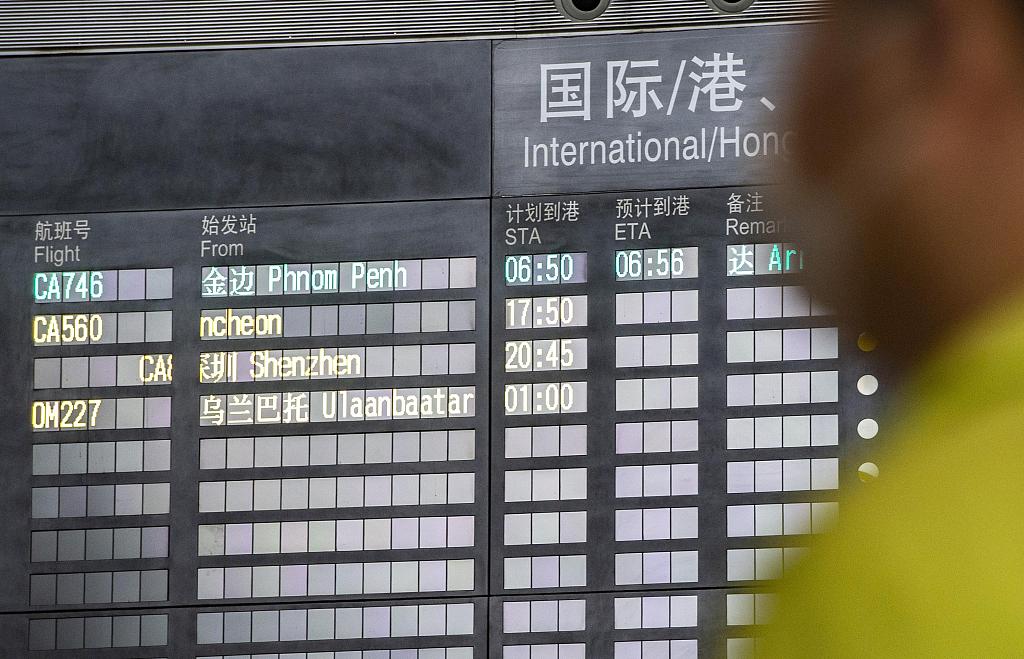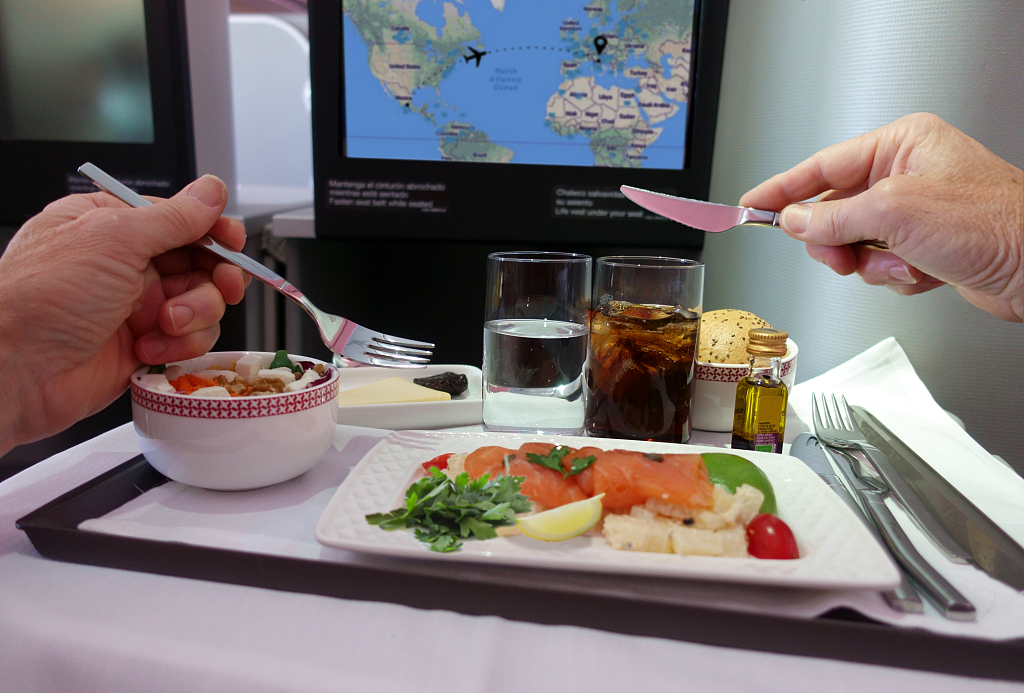
In the end of August, China was operating more than 13,000 flights per day, hitting about 90 percent of the pre-pandemic level, said Cui Xiaofeng, deputy director of Civil Aviation Administration of China (CAAC), on September 9.
Speaking at the 2020 China International Fair for Trade in Services (CIFTIS), Cui said as many as 1,068 cargo flights operated between China and the countries and regions along the Belt and Road on a weekly basis. This number, he said, was 2.6 times higher than the one before the COVID-19 outbreak. These flights have been strengthening the bonds amid the pandemic, he added.
The first direct international flight to land in Beijing following the lifting of COVID-19 curbs was that of Air China (CA746). Departing from Phnom Penh in Cambodia, the plane landed at the Beijing Capital International Airport on September 3, signifying the resumption of direct international flights.
Resumption of flights in China offers a glimmer of hope for the aviation industry globally. However, travel norms for passengers, especially when it comes to air travel, have changed in ways that were previously unimaginable.

Flight schedule shows the status of Air China flight CA746 at the Beijing Capital International Airport, September 3. /CFP
Flight schedule shows the status of Air China flight CA746 at the Beijing Capital International Airport, September 3. /CFP
New guidelines for air travel
As the restrictions are eased, an increasing number of people are choosing air travel to commute domestically. Naturally, airports are not how they used to be.
Passengers need to wear masks covering their nose and mouth, and there are signs reminding them to do so everywhere at the airports. Additionally, it is essential to practice social distancing, staying at least 6 feet apart, especially when waiting in line.
"Most viruses and germs do not spread easily on flights because of how air circulates and is filtered on airplanes," according to travel guidelines issued by the U.S. Centers for Disease Control and Prevention (CDC).
Some airline companies have canceled their in-flight meals to decrease touch points onboard, while others are providing passengers with pre-packaged meals only. For example, Delta announced that "customers in all cabins will now receive their own personal snack bags on domestic flights," which include crackers and cookies.

Some airline companies have canceled their in-flight meals during the COVID-19 pandemic. /VCG
Some airline companies have canceled their in-flight meals during the COVID-19 pandemic. /VCG
Body temperature checks are becoming part of the new airline boarding process, as a fever above 100.4 degrees Fahrenheit is one of the most common symptoms of COVID-19, according to CDC and other medical institutions.
A health QR code or health declaration form has become a travel necessity in China after the coronavirus outbreak. Filling in the health code information before landing could save one more time.
It's important to check the policies of the destination cities or countries for information, as some regions will require a nucleic acid test for COVID-19 before entry.
The number of passengers globally will not return to pre-pandemic levels until 2024, according to International Air Transport Association. So, passengers now are adjusting to new guidelines for air travel.
(Cover image designed by Feng Yuan)